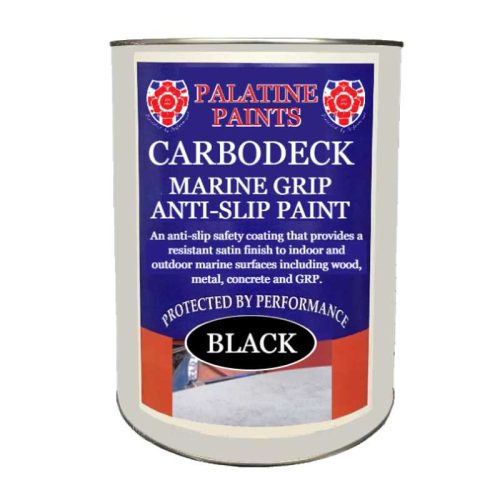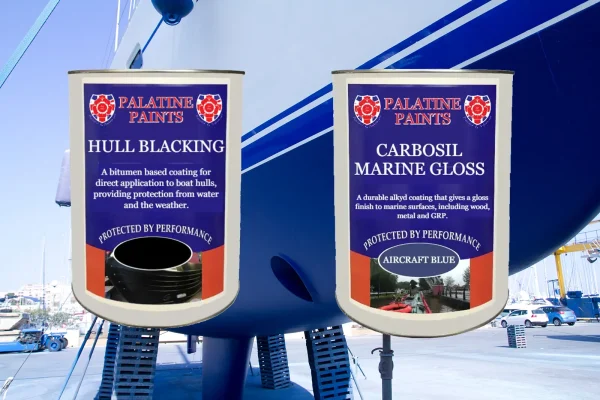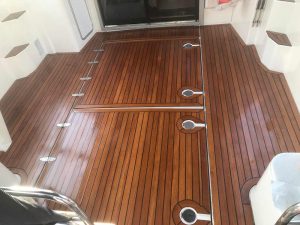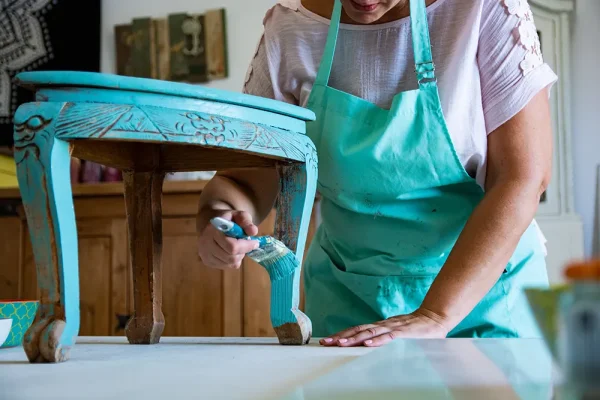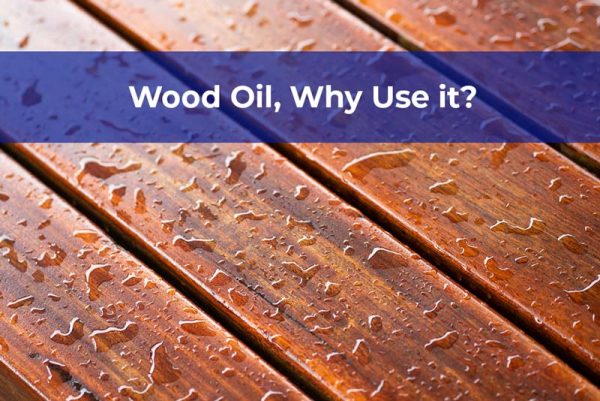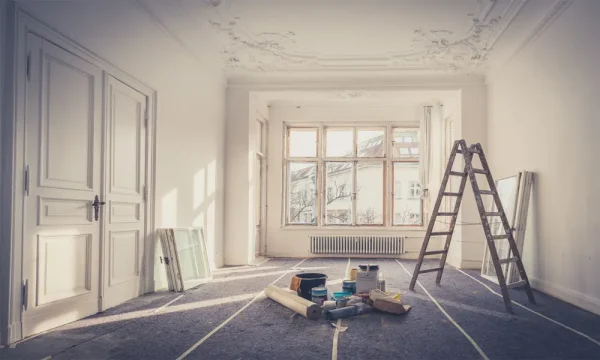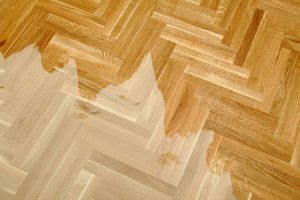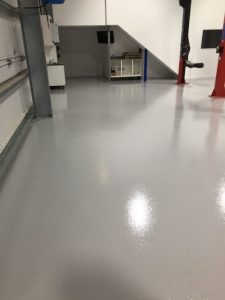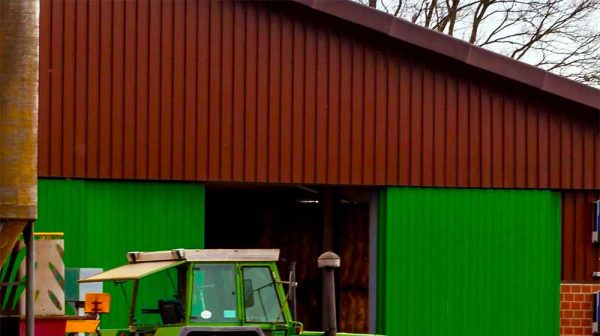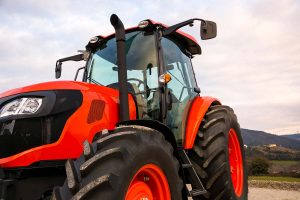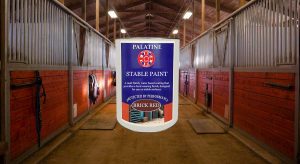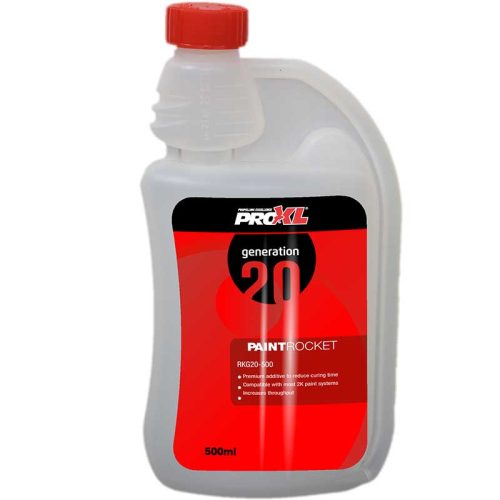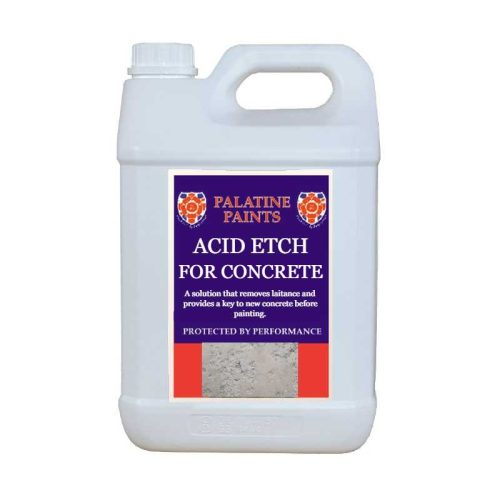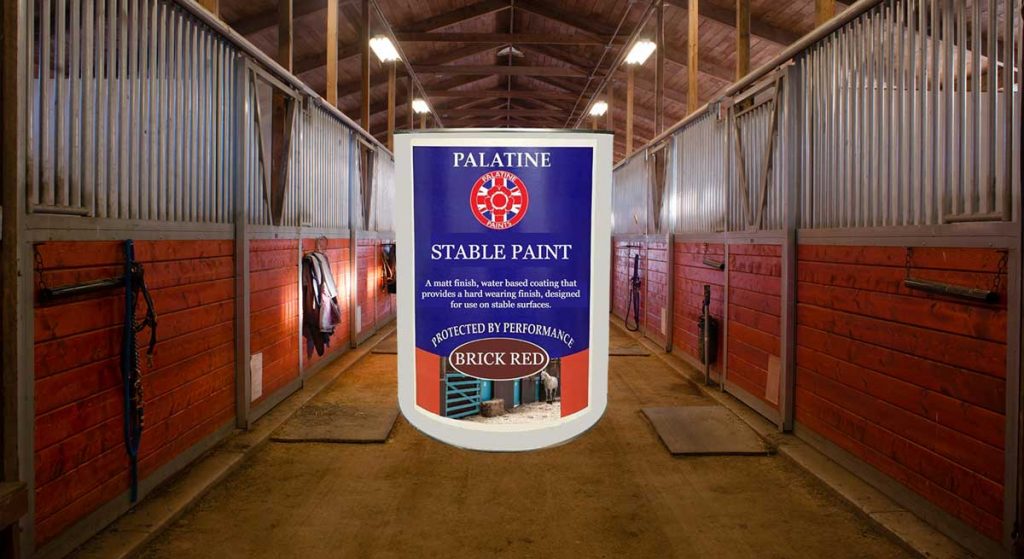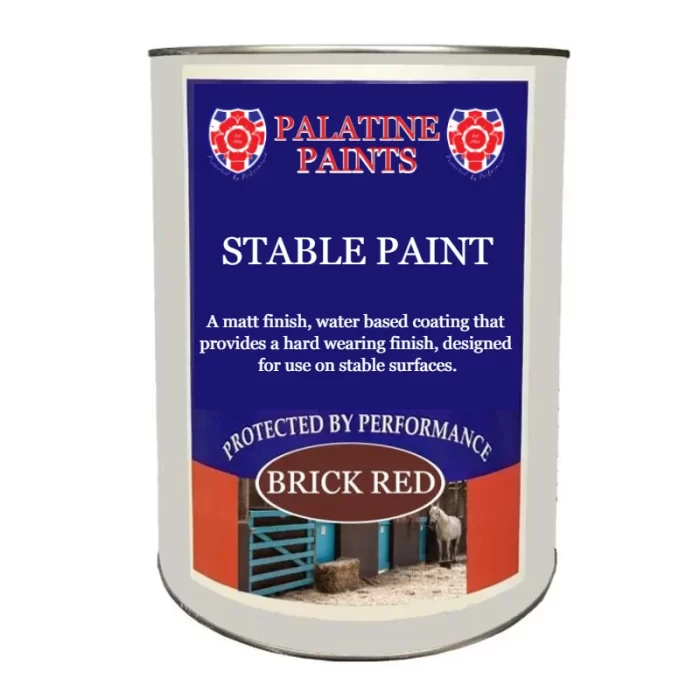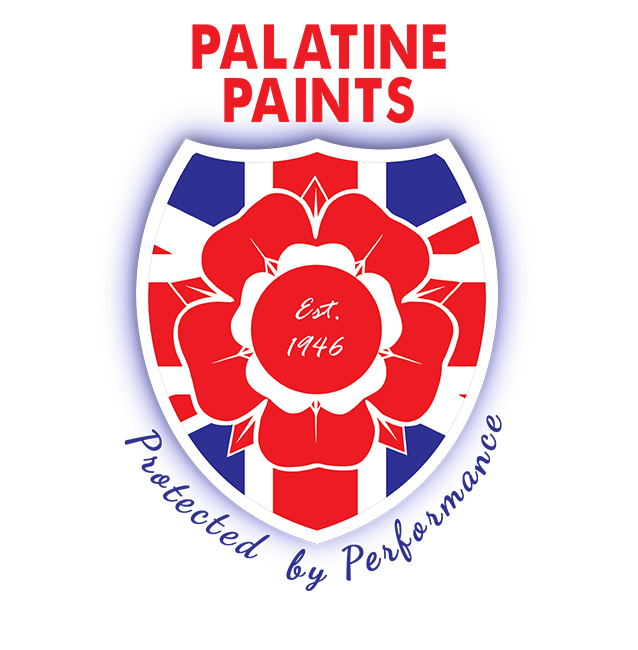All Blogs
Stable Paint and Painting, Here’s What You Should Know
If you are considering painting your stable or barn, you must be on the lookout to choose the correct type of paint. The kind of paint you’ll be looking for are ones that have been specifically manufacturered – it also depends on the setup, paint safety, and how well it works with the stable.
We’re going to discuss what kind of paint would suit your stable best, what paint colours complement each other, is the option of staining a stable better over painting? Let’s get into all of these – but know that stable painting is safe for your horses.
Can You Paint Stables?
Horse stables are good for painting. There are many paints in the market that specifically cater to painting stables. Due to these, you can use the paint to not only improve the appearance of your stable – but can also create an anti-bacterial and anti-fungal barrier.
Another benefit to painting horse stables is increasing the durability of the wall, just make sure you buy paint that is suitable for your walls’ needs – and you are good to go! All stable paints are completely safe to use and for horses as well.
Before painting my stable, do i need to prime? If Yes, Why?
A primer is essential to any painting surface. Usually, stable walls have rough surfaces that can not hold paint well. For this reason, the stable wall needs some preparation and priming with high-quality primer – it helps keep the paint on walls even when it is humid.
The way a primer works is by acting as an adhesive between the paint and the paint surface. When you prepare your horse stable walls to paint them, you would have to smoothen them out as much as possible. Even so, there can be some pores on the surface that the paint will not be able to reach.
In this condition, using a primer will save you a lot of effort. The primer will hold the multiple coats of paint and let it dry completely. So when it gets humid, the chances of the paint peeling off are less. On the other hand, you may want to clean your stable regularly – and not using a primer may make that process difficult by loose paint.
Therefore, you should use a primer before painting your stable walls. No matter the colours you choose, the primer will seal the stain to give you the best finish.
What kind of stable paint is recommended?
Stable paint is a particular kind of paint that you can use only for stable walls. These paints contain zero harmful chemicals and are safe for horses as well.
Paints with water-based coating usually provide a finish that lasts long. The hard-wearing finish with matte texture is responsible for its durability. You can also pick colours that go with the wooden tables, and use multiple to complement the base one.
Using this type of paint is also more favourable than using alternatives because it can be cleaned regularly. So it is safe, washable, and adds appeal to your stable walls. That is why stable paint is the best choice for you.
Key points to our own Palatine stable paints are:
- Easy to apply and hard wearing
- High opacity and coverage power
- Touch dry in only 30 minutes
- Suitable for a range of surfaces, such as brickwork, breezeblock, plaster, masonry, rendered walls, wood & metal.
Ensure you use our Carboxide All Purpose Primer before using this paint to go over metal surfaces.
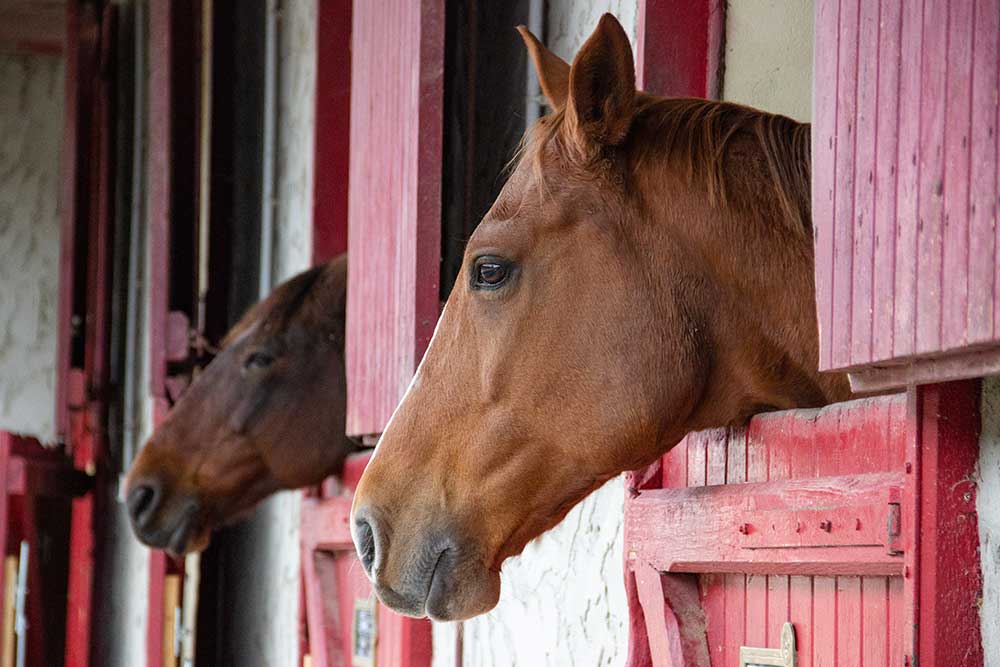
What Colour Should I Choose?
Since you have the upper hand in choosing what you want your barn to look like, you might be confused about the stable paint colours. While there are the most popular options like Brick Red, plain White, or even the classic Browns – there are also chances to customise on basic tones. Let’s see a breakdown of the most common kinds of barn colour combos, and why people choose them.
Light/Dark Colours for Your Climate
Since the barn you are painting will house horses, the climate inside the barn is important to consider. During hot months or in a hot location, darker colours can be painful. Because dark colours absorb light and heat, your animals inside the stable may suffer from the warmth. Black, deep red, or dark browns are good for cold locations due to their absorption quality.
On the other hand, lighter colours are best for warm regions. Colours like white, light grey, and pale brown can reflect the light and heat to keep the inside of the barn cooler. Light colours can also make your barn look larger from the outside than a darker coloured one. When you use dark colours, beware that they can accentuate any flaws in the barn’s exterior design.
Earthy Tones for Blending with the Landscape
Earthy tones are the shades of green and brown – these colours mimic the natural colours of trees and dirt. Now, you already know that camouflage uses the same tones. So, the earthy tones are best to blend your barn into the landscape behind it.
If your barn is in an area surrounded by forests or mountains, earth tones on the barn walls can create a cool illusion. Make sure to consider how light or how dark your paint is getting. Because it will determine how cool your barn is on the inside for the horses. Then again, earthy tones of green and dark brown are good choices for adding some character to your barn.
Contrasting Multiple Colours
Contrasting colours are not talked about enough, using contrast with different shades will let you play with colours that would fit the scene as well as the ones you want. You can use contrasting colours on the siding and trim of the barn to create a beautiful look.
Darker colours at the base of the barn can hide mud spots or dirt that gathers in that area, well. You can use this scheme and go lighter as you go up on the barn walls. Again, you can redefine the lines and edges of the barn by adding a splash of red or prominent colour to the trim and frames of the barn. Doors can also be a different colour to add some character.
Popular Examples
The most popular examples of barn paint colour combos are the red-white, black-white, and brown-white combo. In all of these colour schemes, one colour is set for the barn walls, and the other for the trim.
In the case of red-white, it is a classic. This is the combo we see the most because of tradition. The black-white can be a great choice if you live in warmer areas and want to keep the inside of the stable cool. And the brown-white is a rising star when it comes to barn colour combinations. It is the most popular after the red-white combo, currently.
Conclusion
Choosing the best paint that is also safe for the animals seems difficult at first. But hopefully, with the tools and information you have now, you can not only choose the right colour, but also the best type of paint for wooden stables that you have. Happy painting!



